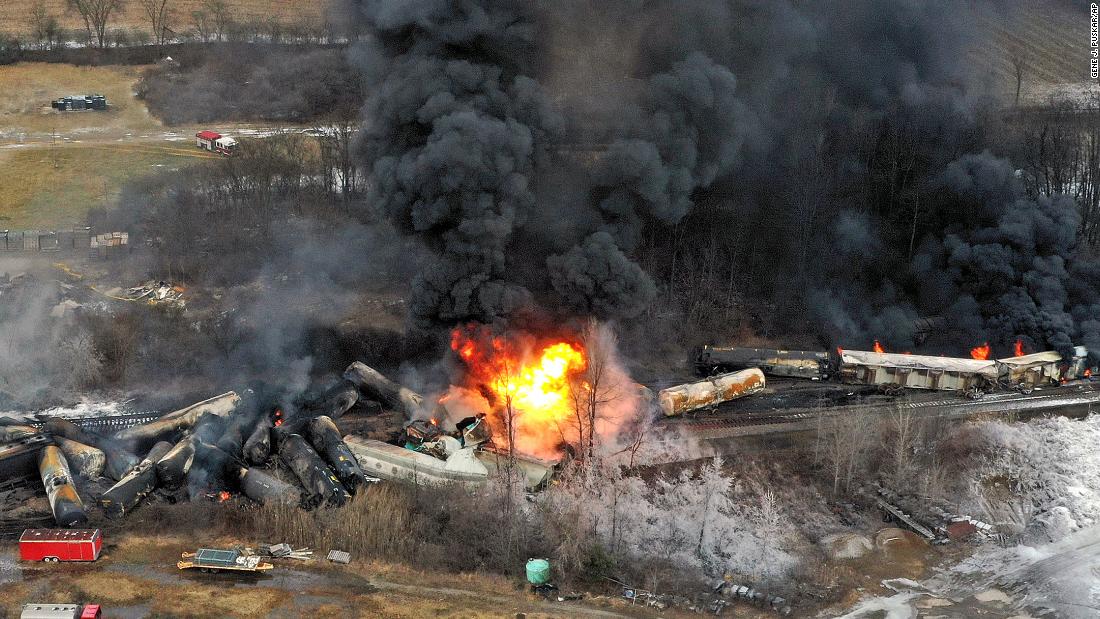
The acquisition of struggling Credit Suisse by its rival UBS may calm the international banking waters, but it will do nothing to improve the compliance profile of the Swiss financial services sector. That’s because both Credit Suisse and UBS have seriously tainted records. Combining them will simply put all those problems under one roof.
Let’s start with Credit Suisse. Its problems extend back at least to the late 1980s, when it was named as one of the banks that allegedly laundered money for a Turkish-Lebanese drug ring. Credit Suisse also played a role in the Reagan Administration’s Iran/Contra scandal.
In the 1990s Credit Suisse was one of the Swiss banks sued in the United States by relatives of Holocaust victims who had been unable to access assets held by the banks for decades. There were also charges that the banks profited by receiving deposits of funds that had been looted by the Nazis. In 1998 the banks agreed to pay a total of $1.25 billion in restitution. The judge in the case later accused the banks of stonewalling in paying out the settlement.
After it acquired a controlling interest in First Boston in the late 1980s and formed CS First Boston, Credit Suisse ended up with more U.S. legal entanglements. CSFB was a target of U.S. divestment activists in the early 1990s because of Credit Suisse’s operations in apartheid-era South Africa. Later that decade, it was one of the investment banks sued for their role in the 1994 bankruptcy of California’s Orange County. In 1998 CSFB agreed to pay $870,000 to settle SEC charges of having misled investors in Orange County bonds and then settled a suit brought against it by the county for $52.5 million.
In 2003, CSFB was one of ten major investment firms that agreed to pay a total of $1.4 billion to settle federal and state charges involving conflicts of interest between their research and investment banking activities. CSFB’s share was $200 million.
In 2009 Credit Suisse agreed to forfeit $268 million to the United States and $268 million to the New York County District Attorney’s Office to resolve criminal charges that it violated economic sanctions in its dealings with customers from countries such as Iran and Sudan.
In 2014 the U.S. Justice Department fined Credit Suisse $1.1 billion and ordered it to pay $666 million in restitution to the IRS after the bank pleaded guilty to charges of conspiring to help U.S. customers evade taxes through the use of offshore accounts.
In 2017 the Justice Department announced a $5.3 billion settlement with Credit Suisse concerning its marketing of toxic mortgage-backed securities a decade earlier. The settlement included a $2.5 billion civil penalty and $2.8 billion in relief to distressed homeowners and affected communities.
Credit Suisse has paid hundreds of millions more in penalties in other cases involving foreign bribery, foreign exchange market manipulation, defrauding investors and much more. Its penalty total in Violation Tracker is more than $11 billion.
And the scandals continue. For example, Credit Suisse is currently embroiled in a corruption case involving the tuna fishing industry in Mozambique.
UBS has a record that is no better. Union Bank of Switzerland and Swiss Bank Corporation, which merged in 1998 to form UBS, were both involved in that same money laundering scandal with Credit Suisse. They were both also embroiled in controversies over investments in South Africa and their polices regarding the accounts of Holocaust victims.
UBS also entered the U.S. market (through the purchase of PaineWebber) and was implicated in the conflict-of-interest scandals. It, too, was prosecuted by the Justice Department for conspiring to aid tax evasion, paying $780 million in penalties.
In 2008 UBS agreed to buy back $11 billion in securities and pay $150 million in penalties as part of the resolution of multi-state litigation alleging it misled customers in the marketing and sale of auction rate securities.
It has paid hundreds of millions more in fines and settlements in cases dealing with financial market manipulation and other offenses. Including that $11 billion securities buyback, its Violation Tracker penalty total is over $17 billion.
In short, the marriage of UBS and Credit Suisse will bring together two banks with highly problematic records. The combined company should work not only to help stabilize financial markets but also to address its legacy of misconduct.







